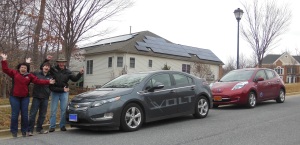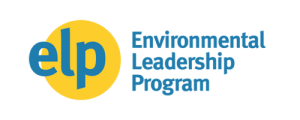Today, I re-introduce Common Spark* as a blog that explores community as the place, world, people that feed us, that give us energy, or that “spark”. This blog will still cover energy and behavior change, but will also explore energy, what drives us, motivates us, and inspires us and our community.
I’ve been thinking a lot about my little blog here – for your hardy readers out there, still sticking with me… I’ve been wondering how to keep something that began in 2011 relevant today after so many changes, turns, and new adventures!
In looking forward, it is always helpful to look backward too, so here I share some of my reflections of this blog and where we’re going next!
Why “Common Spark*“? The “commons” are a symbol of community, shared identities, resources, and values. “Spark” is a nice reference to energy.
Why I started Common Spark*: In 2011, I was honored by being named a Bush Fellow of the Bush Foundation’s Leadership Fellowship program. Through this fellowship, I endeavored to dig deeper into issues that are vital to MN communities and that are deeply important to me: energy and community, hence the name, Common Spark*.
Through this fellowship, I researched, provided trainings, and developed skills to promote and expand the use of community-based social marketing, as a way to leverage existing local resources to produces broad and lasting change in communities.
This blog was originally created to cover topics such as community-based social marketing, community, leadership, energy issues, and professional development.
In 2012, I moved out to the DC area and continued my journey into behavior change and energy issues, and in 2014, I even began consulting more formally on these topics. It has been a truly rich and adventurous journey, and I thank the Bush Foundation and my supportive community (namely, MN CERTs) for the opportunity to grow in so many ways!
What is Common Spark* today? My journey has taken some new turns since I began this blog. While I still work in energy, and I’m even a stronger believer in community-led action for a more sustainable future, my work is now a blend of behavior change, policy development and implementation, management, and new energy issues, such as financing. I’ve also developed (per recommendation of my Bush Fellowship) a strong wellness habit with running, yoga, and nutrition, and I see this directly impacting my leadership practice. Lastly, I’ve enjoyed several work and leadership opportunities in the DC area since 2015 and have been challenged in new ways and learned so much about myself and my work.
I’m proposing that Common Spark* is now a venue for a broader range of topics that reflect a new scope of interests, activities, learning, and experience. It is and will continue to be about community and how I want to continue to live and work in that context. And it will still be about energy, in terms of energy issues (policy, infrastructure, behavior change), but also the things that energize…that which motivates, moves, inspires, and sustains. Thanks for sticking with me as I “let loose” and unfold this new chapter!
– Michelle Vigen, July 2015





 In addition to the case studies, we’ve launched a series called
In addition to the case studies, we’ve launched a series called 







